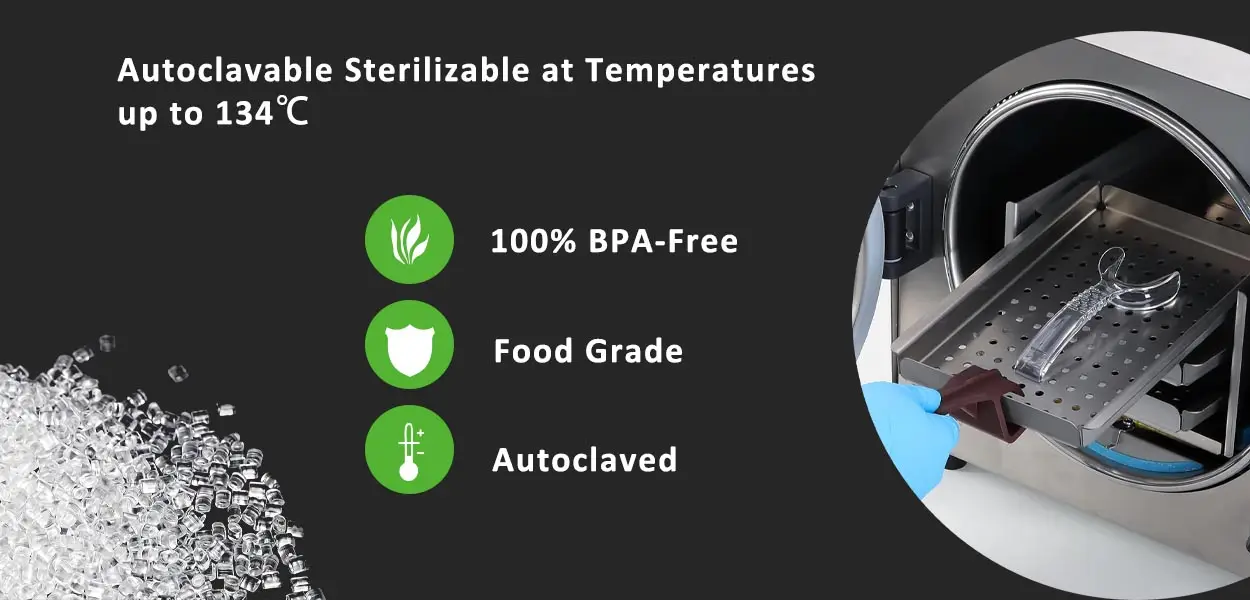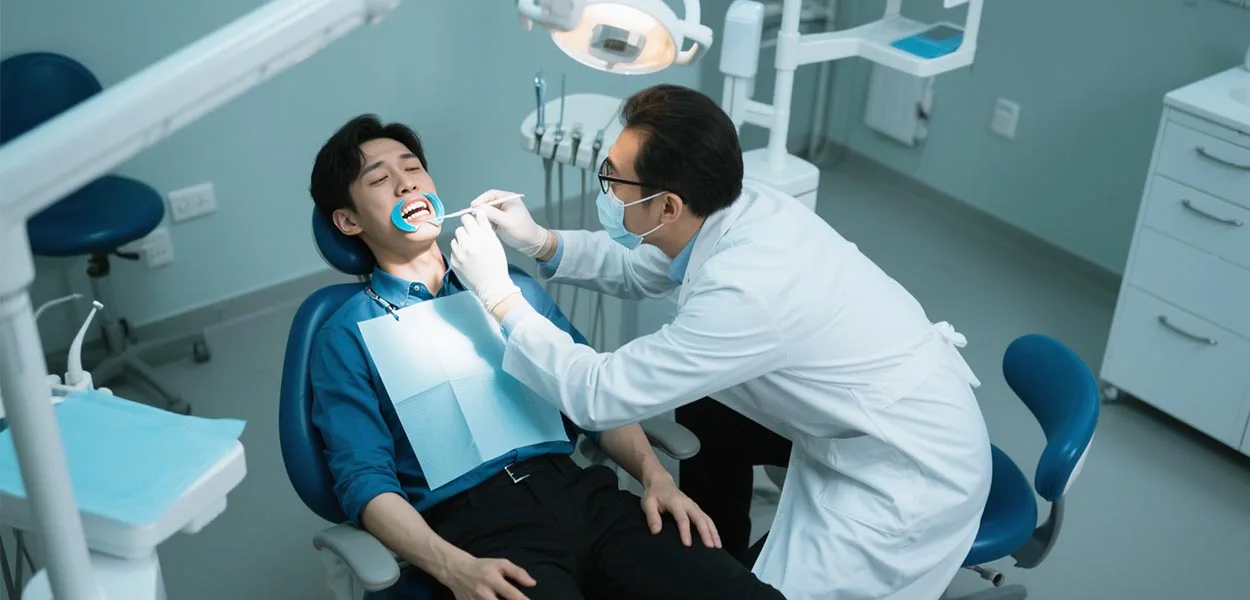Introduction:
En traitement orthodontique, 90% of dentists rely on Cheek Retractors to enhance the operating field of view and patient treatment experience. Whether it is for invisible braces, dental implants or full-mouth orthodontic treatment, Cheek Retractors has become a key tool for improving efficiency and treatment accuracy. This article will deeply analyze the core functions of the oral expander to help dental clinics optimize the treatment process and enhance patient satisfaction.
1. Why Cheek Retractors has Become a Core Tool in Orthodontic Treatment?
A study in the American Journal of Orthodontics depuis 2023 shows that clinics using rétracteurs de joues can save treatment time by 22% and increase patient satisfaction by 37%. These tools do more than just improve accuracy. They also make more comfortable that doing three key things:
1). Helps with Precision
cheek retractor can create 8–12mm space in the mouth, so doctors can see and work in areas like the second molars more easily.
2). Reduces Jaw Strain
The cheek retractor can helpe the mouth stay open without too much pressure, it reduces strain on the jaw joints.
3). Infection control optimization
FDA-certified medical stainless steel material to prevent cross-infection.
According to the latest report from the World Dental Federation (IDE), clinics using professional buccal extenders have shown the following data leaps:
- The error rate of treatment decreased by 41%
- Iatrogenic soft tissue injury reduced by 68%
- The daily number of patients at increased by 19%
It is worth noting that its application has broken through the traditional orthodontic field
- Implant surgery : Maintaining the stability of the buccal flap during immediate implant surgery
- Oral cancer screening : In conjunction with an endoscope, a panoramic view of the vestibular sulcus is achieved
- Pediatric dentistry : Combining behavioral management techniques to reduce the fear index of children.

2. Comparaison du 4 Types de rétracteurs de joues principales
| Taper | Scène applicable | Caractéristiques matérielles | Avantages cliniques |
|---|---|---|---|
| Réglable pour les enfants | Orthodontie de stade de dentition mixte | Bordure en silicone pour éviter les traces | S'adapte aux caractéristiques de développement de la mâchoire des enfants âgés 4-12 |
| Type adulte universel | Liaison d'aligneur invisible | 304 acier inoxydable + revêtement anti-buas | Prend en charge jusqu'à 15n sans déformation |
| Un seul côté pour un traitement local | Réparations locales / traitement des dents | Matériau PC transparent | 360° Fonctionnement de la lumière sans obstruction |
| Type spécifique aux rayons X | Imagerie CBCT / RAY | Cadre en fibre de carbone | Zéro artefacts en métal en imagerie |
3. 4 Important Buying Tips for Cheek Retractors
- Ergonomic Design
Choose cheek retractors that with Ada (Association dentaire américaine) Certification de conception ergonomique. These designs are made to reduce patient discomfort during long procedures. - Sterilization Compatibility
Make sure the retractor can handle high-pressure steam sterilization at 134°C, that is important for infection control. - Oral Cavity Fit
Choose retractors that can be adjusted to fit different mouth shapes, from children to old patients. - Material and Durability
Most cheek retractors are made from plastic, silicone, or metal. Choose one that is durable, easy to clean, and resistant to damage, so it use longer.

4. Advanced Techniques for Clinical Use
- Preoperative preparation : Apply vaseline to the corners of the mouth to avoid traction injury (especially for elderly patients)
- Angle adjustment : Maintain a 15° Angle between the extended plane and the occlusal plane to optimize the field of view
- Time management : If used continuously for more than 40 minutes, pause for 5 minutes to restore blood supply to the mucosa
- Postoperative disinfection: Pre-treatment brushing → multi-enzyme soaking (40℃/5min)→ ultrasonic cleaning (5MHz/8min)→ drying inspection → pre-vacuum sterilization (134℃/4min)

5. FAQ
Q: Comment savoir si le rétracteur est la bonne taille?
UN: L'appareil doit se trouver à 2-3 mm des coins de la bouche lorsqu'il est correctement positionné. Après placement, L'ensemble de la région prémolaire doit être entièrement visible sans obstructions.
Q: How to avoid oral injury during the use of Cheek Retractors?
UN: When using it for a long time, you can choose Cheek Retractors with a soft silicone inner lining and make sure to adjust its position regularly to avoid continuous pressure on the soft tissues of the oral cavity.
Q: Does the appearance of white spots after disinfection affect its use?
UN: This is a residue of hard water. It can be removed by wiping with a 75% alcohol cotton pad and will not affect the performance of the instrument.
Q: What are the precautions for the maintenance of Cheek Retractors?
UN: In addition to regular cleaning and disinfection, it is also necessary to regularly check whether the instruments have cracks or deformations to ensure their normal use and the safety of patients.
Conclusion
Les rétracteurs de joues sont un outil essentiel pour aider à améliorer l'expérience du traitement dentaire, pas seulement ajouter à la précision et à l'efficacité du traitement, mais aussi rendre le traitement beaucoup moins douloureux pour les patients. Alors que la technologie en dentisterie continue d'avancer, Il y a maintenant plus de types et de modèles de rétracteurs de joues disponibles dans le commerce, Fournir aux médecins diverses options pour répondre à diverses exigences pendant le traitement.


